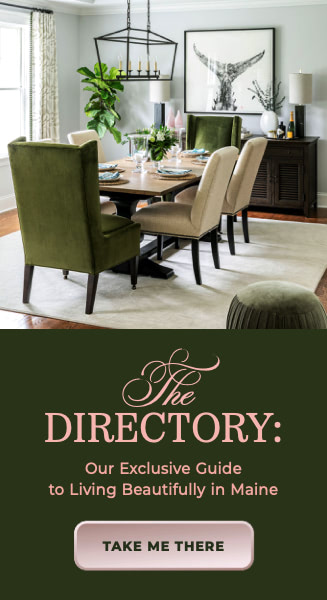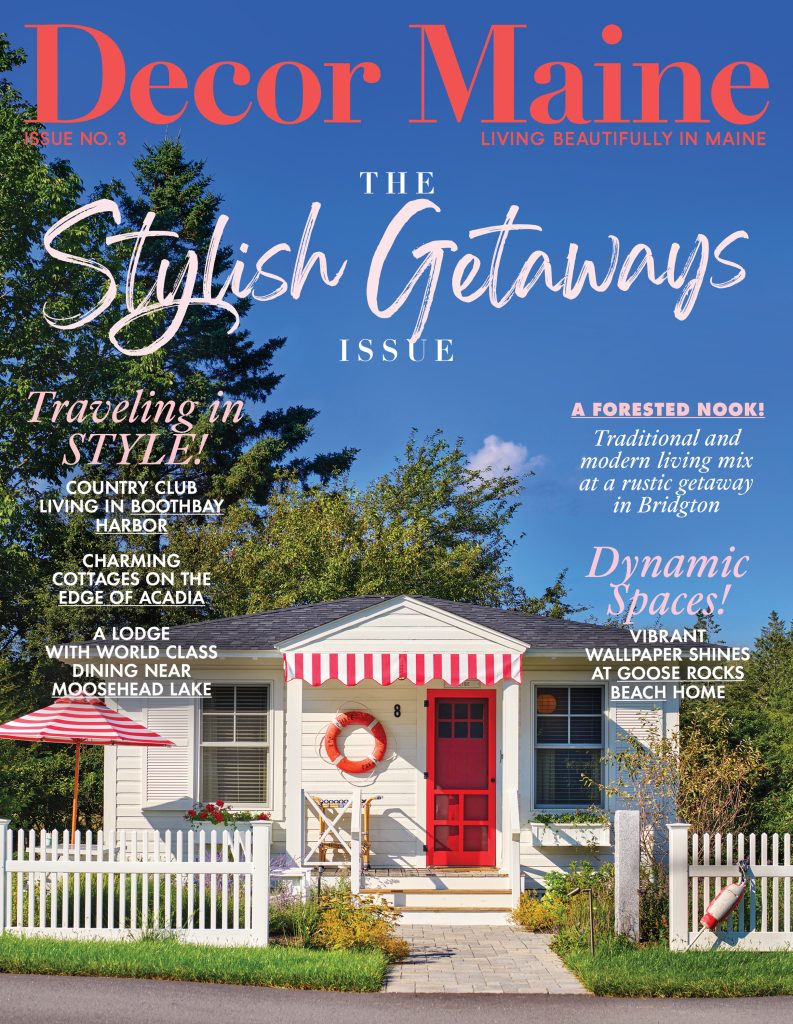Growing up, I was lucky. I had, and have, parents who exposed me to art. Arizona was not a cultural hotbed in the 1980s, but of what offerings were available, we partook. We made regular visits to the Southwest Shakespeare Company, the Heard Museum, and the Phoenix Symphony. In the early ’90s, when my uncle moved to Amsterdam, we began spending summers on his couch, making weekend excursions to great masterpieces of the western canon. By age 10, I’d seen the Mona Lisa, the Birth of Venus, the Sistine Chapel, the Night Watch. My parents were public school teachers, not art scholars, but we made a habit of discussing these pieces, sharing our interpretations, even if that rarely went beyond the conclusion that “old art” was realistic, and “modern art,” which I preferred, could be anything. Still, their message was potent: art has value—not only to a society at large, but to the experience of daily life. (To this day, my father remains a donor to several museums across the country, albeit the kind of donor where they send you a tote bag, not put your name on the wall.)
Another platitude: Art, as a mode of communication, speaks to individuality and universality at once. The cave paintings of Lascaux are remarkable for their archeological significance, but more so because they contain the personal aesthetic—the point of view—of a single human being alive some 20,000 years ago. And within that point of view, more remarkable still, we see traces of our contemporary selves. Picasso, having visited Lascaux, is alleged to have said, “They invented everything.”
It is strange to me, then, that during the very same time my family was trapsing around Europe—late ’80s, early ’90s—my folks, for all their progressive mores, seemed unable to open themselves—and by extension, open me—to the point of view represented by an artform concurrently experiencing its golden age. I’m talking about hip hop.
Looking back, I am surprised (and not surprised) at how quickly my parents and I adopted the stance toward hip hop so common at the time in the suburbs of white coast-less America (What do you mean it’s music without singing?). Namely: Hip hop glorifies violence, is misogynistic, celebrates drug use, profanity, gang membership, crime in general. This is all true. But why, I wonder now, was this emerging medium not read, in my family and others with like minds, as a new and controversial mode of art? In the halls of the Uffizi, the British Museum, I remember laughing at the short-sighted establishment that had initially rejected visionaries like Vincent Van Gogh, Jackson Pollack, Mark Rothko. In particular, I recall a controversy of the day concerning Chris Ofili’s The Holy Virgin Mary, which depicted a black Madonna surrounded by pictures of female genitalia clipped from pornographic magazines and with one breast rendered from actual elephant shit. (In 1999, then-mayor Rudy Giuliani called the piece “sick” and tried to prevent its exhibition in NYC.) How could people be so stuffy? So prudish? So unwilling to examine anything not immediately recognizable, comprehendible?
These questions struck us as hilarious, baffling.
But where was the same largesse when it came to Enter the Wu-Tang? Illmatic? Ready to Die?
Some of the apprehension was generational. The old always wince at the music of the young. (See The Beatles, see Elvis, see my wife and I listening to BTS.) That’s often the point of popular music. But with hip hop, the more glaring issue is obviously race, and racism, at its core, betrays a fear of the unfamiliar. My family’s energies would have been better spent not dwelling on all the ways in which hip hop diverged from what we considered usual or safe, but rather in asking why themes of violence, rage, and despair were so prevalent in the form to begin with. Answers to those questions would’ve begun to explain a lot. Could we not have had the same conversations about Biggie that we had about Ofili?
Even if parental consensus deemed hip hop’s content inappropriate for young persons (fair enough), that could have been addressed with some version of the policy: This is art for when you’re older. (It is one thing to say Taxi Driver is inappropriate for children, it is something else to say that the film’s misogyny and violence render it unworthy of artistic consideration).
Discovering hip hop later in life, I was astonished not only by how fun the form can be, but also how informative. Most of the issues facing black communities that I consider myself a socially conscious person for understanding in 2023—police violence, voting rights, engrained judicial bias, mass incarceration, and institutionalized poverty—I could have been clued into thirty years ago from one listen to The Chronic. Wouldn’t that have been a good thing? Worth far more than any discomfort I might have had because Snoop smokes weed and says bitch a lot?
I drag my parents into this not to Monday morning quarterback. People can’t be faulted for not knowing what they didn’t know. Long overdue racial reckonings are now underway in all corners of society, not just art. My point, instead, is to underscore how frequently our blind spots lurk not only in the dark corners of our psyches, but often thrive right within our most benevolent attitudes. Art lovers reject art. Schools ban books. Christians behave un-Christlike.
Hip hop is just fifty years old. (Most people credit Bronx DJ Kool Herc as being the first to use twin turntables at a block party in August 1973. By isolating and extending the percussion breaks in dance tracks, Herc gave the first MCs a place to step forward and rhyme over the beat). Like jazz, hip hop is uniquely American, and as the form evolves over another half-century, it is encouraging that the points of view hip hop amplifies find more accommodating ears each day, ears growing ever more attuned, better able to hear the universal echoes in its rhythm. As a new fan (are there anything but new fans for a genre just turning fifty?), I remain in awe of the genre’s ability to invent, to surprise, adapt, speak truth to power. Still so young, still with much terrain to explore, hip hop does for me what the best art does. It complicates my understanding of the world. It makes me less certain. Makes me wonder where else I’ve failed to place attention. ▪

